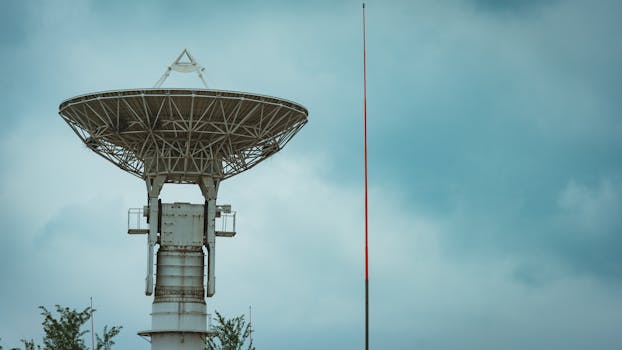
GEO Satellites: The Backbone of Modern Technology
GEO satellites, or Geostationary Earth Orbit satellites, are a type of satellite that orbits the Earth at an altitude of approximately 36,000 kilometers, remaining stationary relative to a fixed point on the equator. This unique characteristic allows GEO satellites to provide global coverage, enabling a wide range of applications that are essential to modern technology. The focus keyword for this article is GEO satellites, and we will explore their importance and various uses in this piece.
GEO satellites have been in use for several decades, with the first GEO satellite, Syncom 2, launched in 1963. Since then, numerous GEO satellites have been launched, providing services such as telecommunications, navigation, and weather forecasting. The use of GEO satellites has revolutionized the way we communicate, navigate, and predict weather patterns, making them an indispensable part of modern technology.
Applications of GEO Satellites
GEO satellites have a wide range of applications, including telecommunications, navigation, weather forecasting, and Earth observation. In the field of telecommunications, GEO satellites are used to provide broadband internet, television broadcasting, and mobile communications. They are also used for navigation, providing location information and timing signals for GPS and other navigation systems.
In addition to telecommunications and navigation, GEO satellites are also used for weather forecasting and Earth observation. They provide high-resolution images of the Earth’s surface, allowing scientists to monitor climate patterns, track natural disasters, and predict weather patterns. Furthermore, GEO satellites are used for military and defense applications, providing secure communications and surveillance capabilities.
Benefits of GEO Satellites
The use of GEO satellites offers several benefits, including global coverage, high bandwidth, and reliability. GEO satellites can provide coverage to remote and underserved areas, where traditional telecommunications infrastructure is limited or non-existent. They also offer high bandwidth, enabling the transmission of large amounts of data, including video and audio content.
In addition to their technical benefits, GEO satellites also offer economic benefits. They can provide cost-effective solutions for telecommunications and navigation, reducing the need for expensive infrastructure and minimizing the risk of signal interference. Furthermore, GEO satellites can provide a high level of reliability, with some satellites operating for 15 years or more without interruption.
Challenges and Future Developments
Despite the many benefits of GEO satellites, there are also challenges and limitations to their use. One of the main challenges is the risk of satellite congestion, as the number of satellites in orbit increases. This can lead to signal interference, reducing the effectiveness of GEO satellites. Additionally, there are concerns about space debris, as old satellites and other objects in orbit can pose a risk to operational satellites.
To address these challenges, there are several future developments in the works. One of the most promising is the use of advanced propulsion systems, which can enable satellites to maneuver and avoid collisions. There are also plans to develop new satellite technologies, such as quantum satellites, which can provide ultra-secure communications and navigation.
In conclusion, GEO satellites play a vital role in modern technology, providing global coverage and enabling various applications such as telecommunications, navigation, and weather forecasting. While there are challenges and limitations to their use, future developments and advancements in technology are expected to address these issues and ensure the continued importance of GEO satellites in the years to come.





